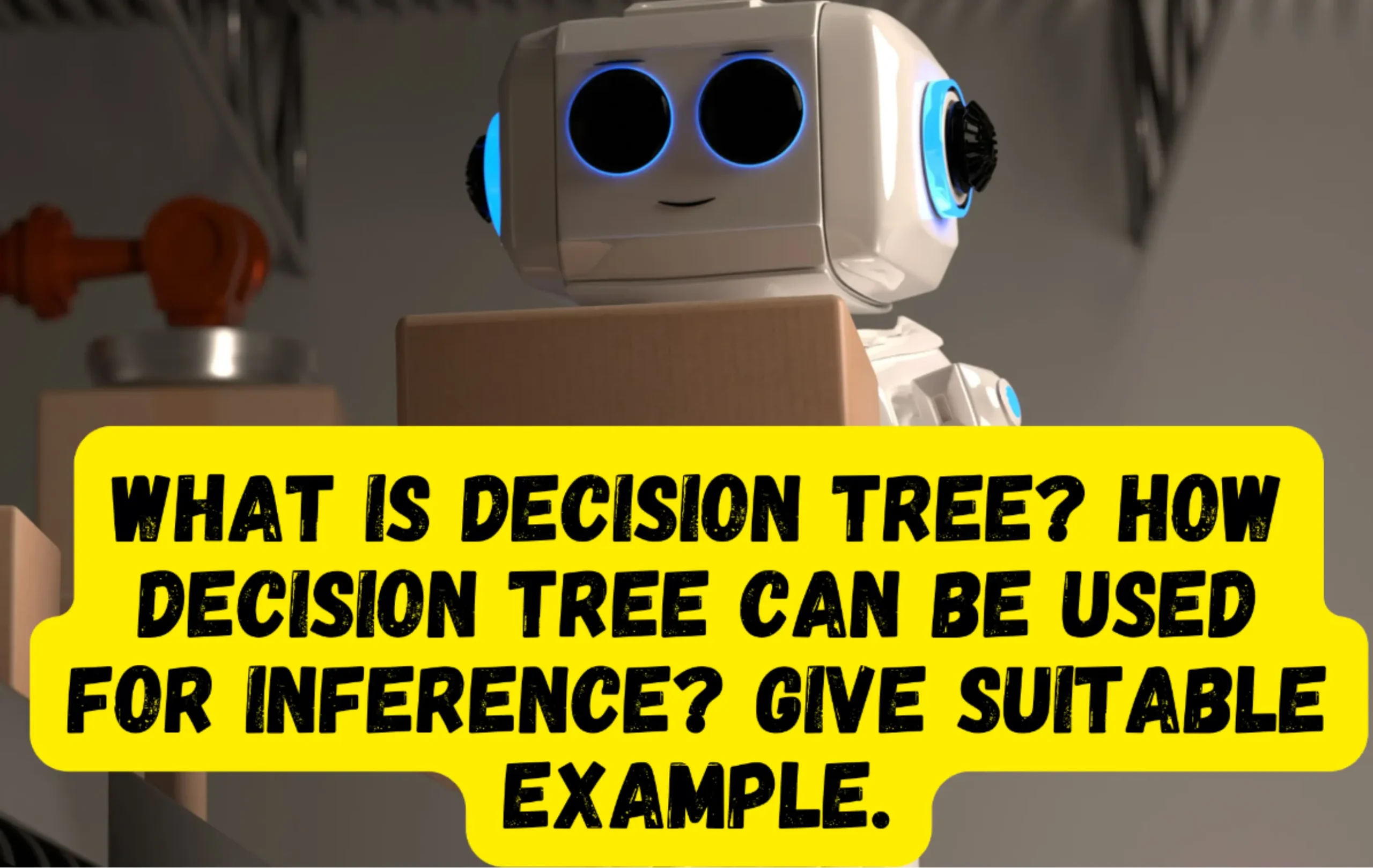Decision trees are an essential tool in data science and machine learning, providing a straightforward yet powerful method for modelling decisions and their possible outcomes. When it comes to categorising data, predicting future events, or making strategic business choices, decision trees are a valuable tool that can offer clear and easily understandable insights. In this blog we will see how a decision tree works, what is it and its advantages and disadvantages.
What is a Decision Tree?
A decision tree is a structure that resembles a flowchart and is used to depict decisions and their potential outcomes. It takes into account chance events, resource costs, and utility. The model utilises a structure resembling a tree to make decisions, with different branches representing various choices.
Nodes: Nodes are used to represent decision points or test points.
Branches: Branches illustrate the various potential outcomes or choices.
Leaves: The ultimate outcomes or classifications are represented by leaves (terminal nodes).
Every path from the root node to a leaf represents a decision rule or sequence of decisions that lead to a specific result. Decision trees are incredibly valuable for both classification and regression tasks in machine learning.
How Decision Trees Work
Decision trees operate by iteratively dividing the data into smaller groups using the most influential attribute at each step. This process continues until the model reaches a leaf node, which gives the final output or decision.
Start by creating the root node:
The entire dataset is considered as the root node. At this stage, the algorithm looks for the feature that effectively separates the data into different classes or predicted outcomes.
Split the data:
This feature allows you to easily divide the dataset into smaller subsets. Every subset creates a branch that extends from the node. The algorithm considers all potential splits for each feature and chooses the one that maximises information gain or minimises impurity the most.
Repeat the Process:
The process continues for each subset: a new feature is selected, the data is divided, and branches are created. This process is performed in a friendly manner for each node until a stopping criterion is reached, such as the maximum depth of the tree or the minimum number of samples per leaf.
Reach the Leaf Nodes:
The process continues until the decision tree has successfully classified the data, and the leaves provide the final prediction or classification.
Decision Trees for Inference
Applying the tree model to new data allows for making predictions or classifying data points in inference using decision trees. Due to their easily understandable structure, decision trees are highly valuable for making inferences in a wide range of scenarios.
Predictive Analysis: Decision trees have the ability to forecast outcomes by analysing historical data. For example, they can help determine whether a customer is likely to make a purchase.
Classification: It is a helpful tool for categorising data into different groups, such as determining if an email is spam or not.
Strategic Decision Making: Decision trees are a valuable tool for businesses to assess various strategic options and understand their potential effects.
Example: Using a Decision Tree for Customer Churn Prediction
Consider a telecommunications company that is interested in predicting customer churn, which refers to customers leaving the service. This prediction is based on analysing usage patterns and demographic information. Let’s explore how a decision tree can be used:
Collecting Data:
We collect information about customer behaviour, including monthly usage, service plan, customer support calls, and demographic details like age and location.
Creating the Decision Tree:
The algorithm carefully analyses the data to identify the most accurate predictors of customer churn. For instance, it might discover that a high frequency of customer support calls and low usage are reliable indicators of churn.
Splitting the Data:
The decision tree divides the data at each node using these important features, creating branches that lead to predictions of churn or retention.
Inference:
When predicting churn for a new customer, the company simply inputs their data into the decision tree. The tree guides its way through the decision paths, taking into account the customer’s characteristics, ultimately reaching a final prediction, such as churn or retain.
Advantages of Decision Trees
Easy to understand and interpret: Decision trees are straightforward and clear to comprehend. They provide a clear visual representation of the decision process, making it easy to understand how predictions are generated.
Non-Linear Relationships: This approach allows for the capture of non-linear relationships between features and outcomes, without the need for any prior knowledge or data transformation.
Flexibility: Decision trees are versatile and can handle a wide range of data types, making them suitable for both classification and regression tasks.
Minimal Data Preparation: They don’t need much preprocessing of data like normalisation or scaling, unlike other models.
Disadvantages of Decision Trees
Overfitting : Overfitting refers to a situation in machine learning where a model is excessively trained on a specific dataset, to the point that it becomes too specialised and fails.
Instability: Minor alterations in the data might lead to markedly different tree architectures, rendering them less stable in comparison to some alternative techniques.
Preference for Prominent Characteristics: Trees may exhibit a bias towards characteristics that have a greater number of levels, which might result in less effective divisions on significant but less common traits.
Decision trees are a flexible and easy-to-understand tool that may be used for both generating predictions and making decisions. By decomposing intricate judgements into a sequence of more straightforward ones, they offer lucid observations that are readily comprehensible and actionable. Decision trees provide a strong framework for inference and analysis, whether you are categorising consumer data, forecasting events, or making significant business decisions.

